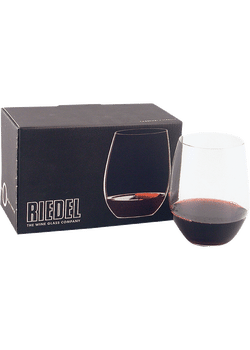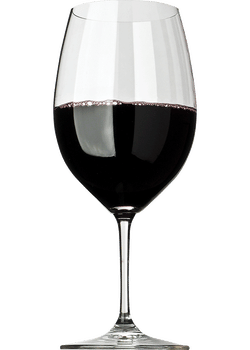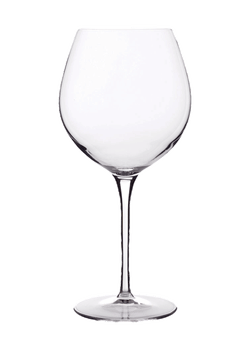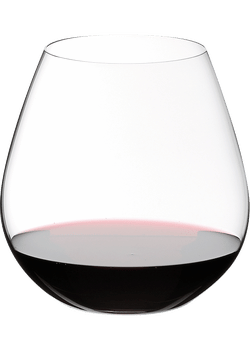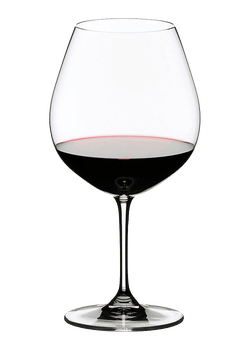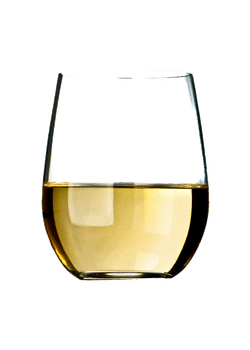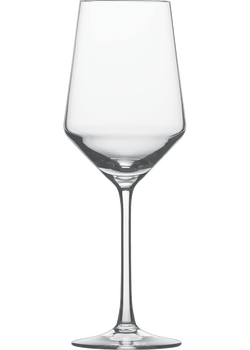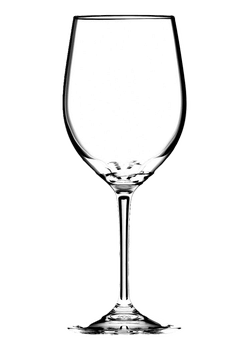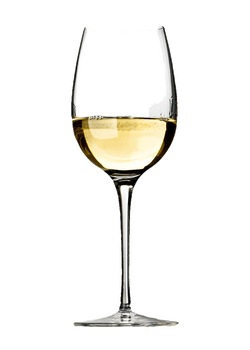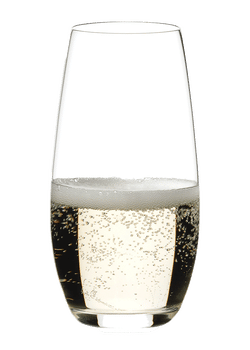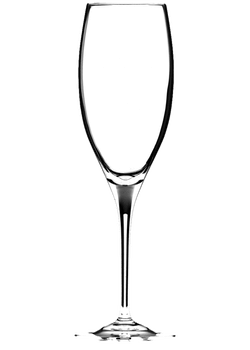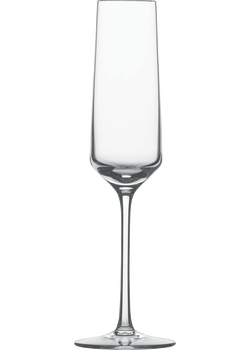Take your pick! The best wine glasses add to your enjoyment of the wine, whether you’re a connoisseur or a casual enthusiast. Certain glass shapes enhance a wine’s taste, but others can diminish it. Match your favorite bottles of red and white wines with the wine glass shapes and sizes that best showcase their unique flavor profiles.
The different types of wine glasses improve certain varieties of wines, as does decanting. As for wine glasses types and shapes, they can enhance specific varieties of wines, creating a better experience, richer aroma, and fuller flavor profile. These characteristics can depend on the size of the rim, the shape of the bowl (or balloon), and even the width and length of the stem.
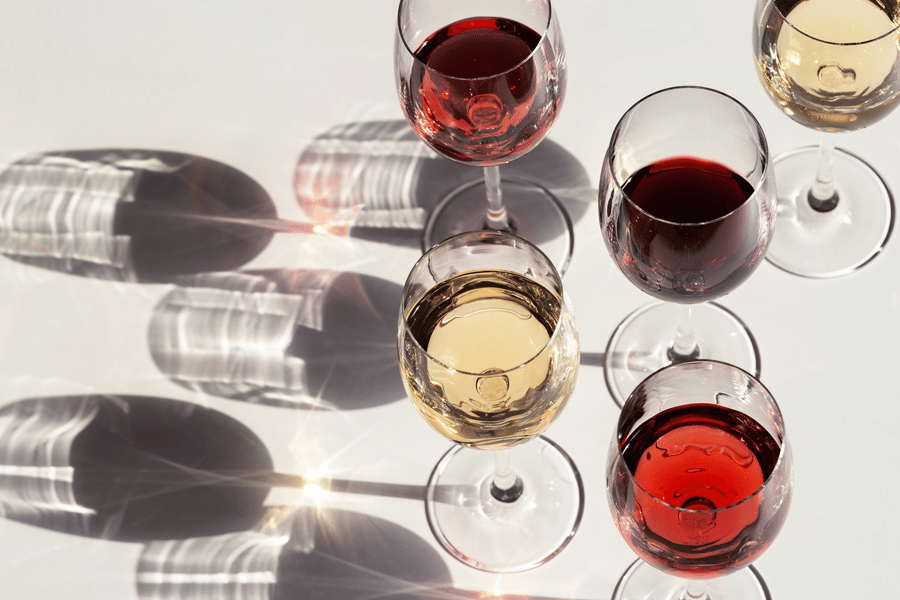
Red & white wine glassware
What's the difference between a red wine glass vs a white wine glass? The glass doesn’t have to be made specifically for a particular region or grape, though plenty are designed for just that. When compared to a white wine glass, the red is recognized for its larger size. White wine glasses are smaller and often have long stems to keep the wine from warming in your hand.
If you want an exceptional collection, try Riedel Crystal, where they’ve been crafting glassware for centuries. At the very least, you should start with the essentials. Stock your glassware cabinet with a set of white wine glasses, a set of red wine glasses and, hopefully, some celebratory champagne glasses. Generally, there are a few established glass shapes you should know. When in doubt, check out our wine glass chart.
Types of wine glasses
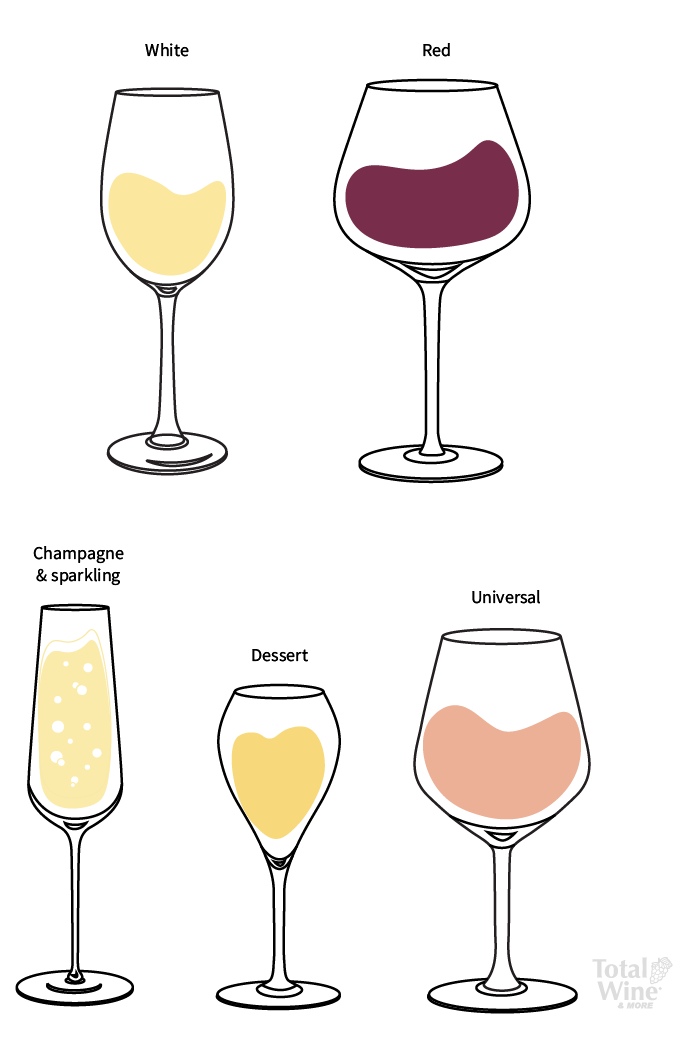
White wine glasses
A white wine glass is smaller than its red wine counterpart. It has a tulip shape, narrow stem, and round bowl that tapers at the top. This design helps keep the wine chilled, as white wines are typically served at colder temperatures than reds. White wine also needs less aeration, so the smaller bowl minimizes swirling. Aromas gather at the rim, heightening the sensory experience of both smell and taste.
Red wine glasses
With a bigger base and wide bowl that tapers up to the rim, the red wine glass shape is perfect for swirling. Reds call for more oxygen, and the aeration adds to the wine’s aroma and gives tannins a smoother flavor. There are several different types of red wine glasses, though some are more versatile than others.
Two popular red wine glasses are the Burgundy glass and the Bordeaux glass, which get their names from two wine-making regions in France. The Burgundy glass is probably what you picture when you think of a red wine glass. The Bordeaux glass looks like a larger version of a white wine glass with less of a taper at the top and straighter sides. Always feel free to give your red wine a swirl, although a Burgundy glass calls for less spin.
Champagne & sparkling wine glasses
Pop open the bubbly! Perfect for serving sparkling wines, the slender rims of champagne glasses are positively effervescent. This shape preserves rising bubbles and helps keep wine chilled. A true classic, the iconic champagne flute is best known for its festive flair. Think New Year’s Eve parties and wedding toasts. While a white wine glass may get the job done, the champagne flute is a popular party favorite.
Dessert wine glasses
An after-dinner drink often calls for a dessert wine glass. These types of glasses vary in shape, but are mostly petite in size. The small bowl accommodates the concentrated flavors in sweeter wines with higher alcohol content. Unless you prefer a cup of coffee, a dessert wine is the perfect post-meal treat. You can even skip the chocolate lava cake and enjoy the wine all by itself. Plus, the little glasses are simply adorable.
Universal glasses
If you have to stick to the basics, there are some glasses that will work for any wine type or occasion. The universal wine glass is designed to serve all varietals. A hybrid of red and white wine glasses, they have medium bowls and tapered rims. This glass is best for serving new vintages and casual entertaining.
Anatomy of a wine glass
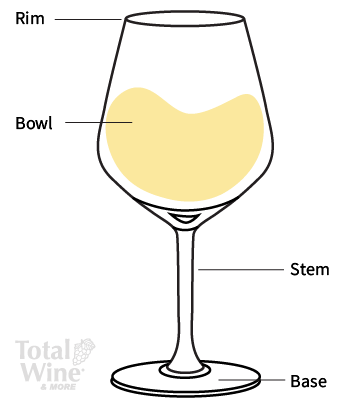
1. Rim
A well-designed rim allows wine to flow smoothly, increasing the enjoyment of the flavor profile.
2. Bowl
The bowl makes the biggest difference in wine glasses. The shape and size makes each glass unique. A wider bowl allows for aeration, letting the wine breathe.
3. Stem
The stem is the thin section of wine glasses that bridge the base and the bowl. Holding a wine glass by the stem prevents your hands from warming the wine or smudging the bowl.
4. Base
The flat bottom of the glass (or foot) gives it stability. The width of the foot generally depends on the width of the bowl, creating a unique silhouette for each glass.
The standard wine pour
Typically, a standard pour of a glass of wine is around five ounces. For a 750-ml bottle, that yields five glasses of wine. Dessert wines are often served in pours of two ounces, due to the sweetness and high alcohol content. Wine tasting pours are also kept at two ounces, allowing enough to smell and taste without over imbibing.
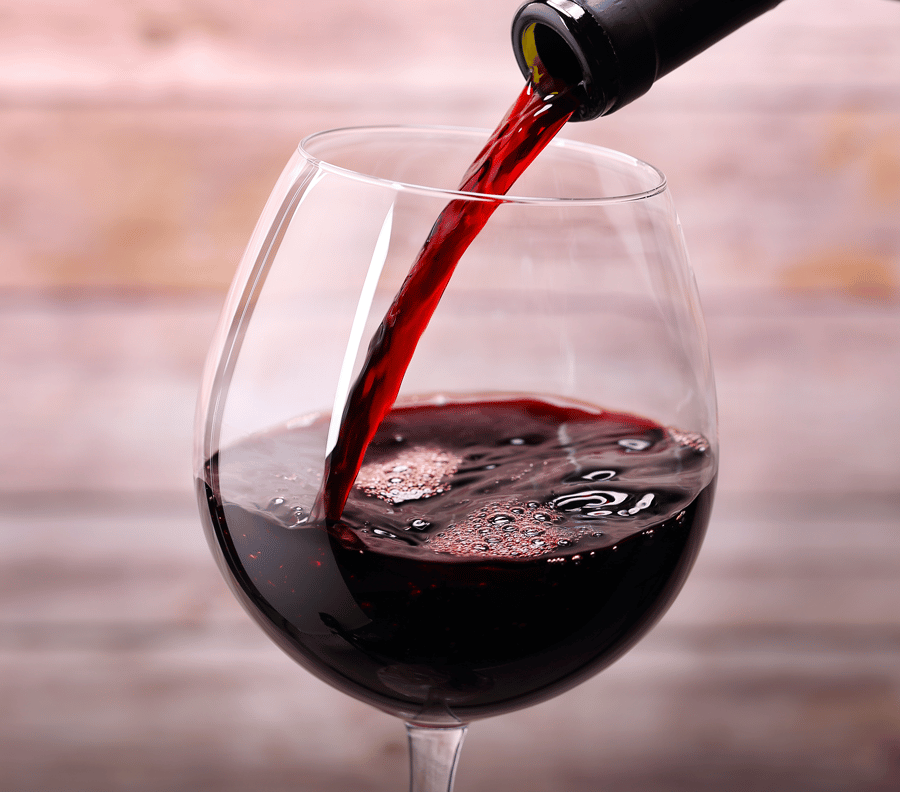
Serving a standard pour also depends on the size of the wine glass. Large glasses may get an additional ounce so the pour doesn’t look too light. If a white wine glass is on the smaller side, that pour may look heavy handed. Whether it's red or white wine, it’s important to not overfill the glass.

